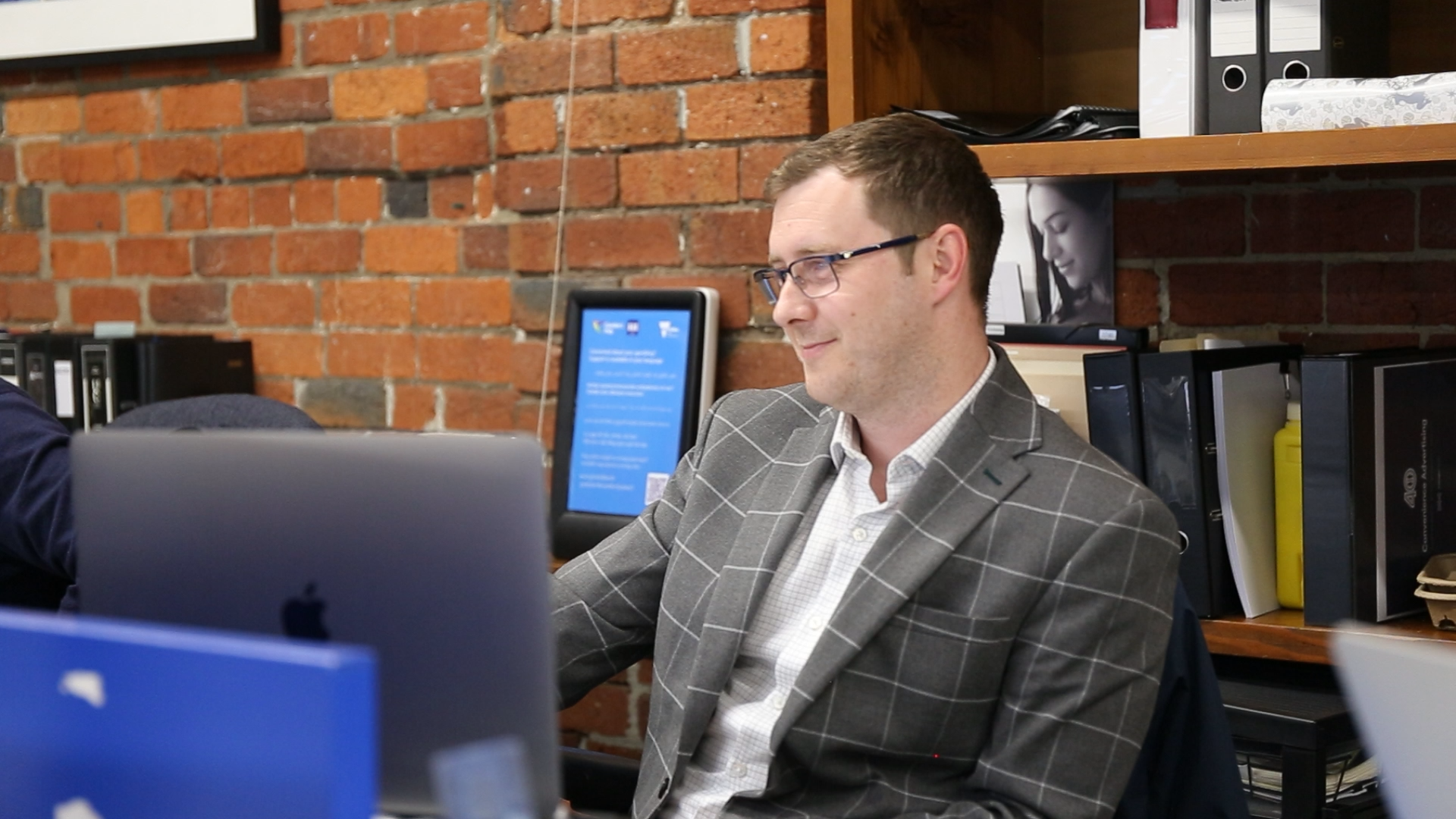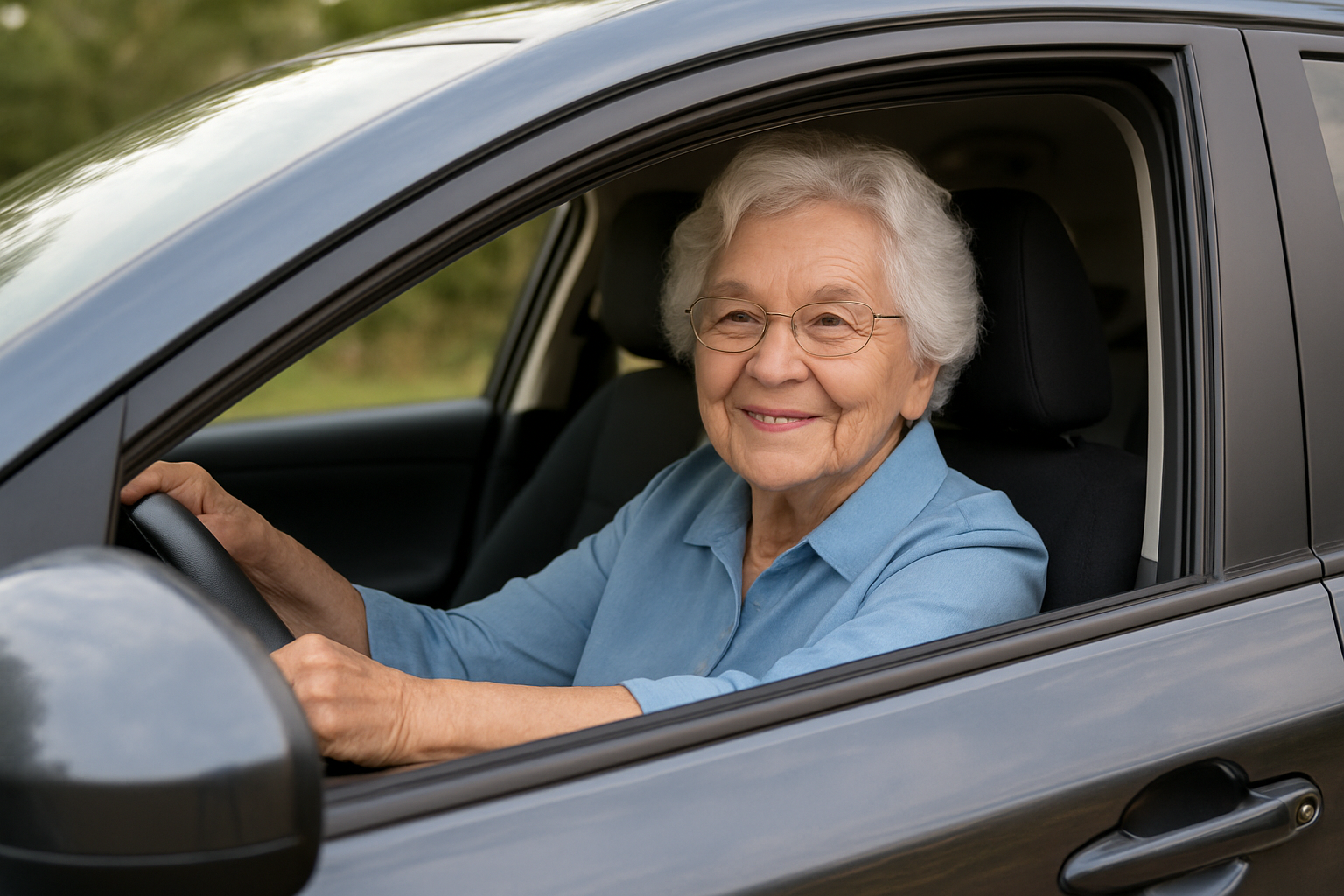

Five ‘Ws’: The critical enablers to getting the best results from your OOH campaign
For marketers and advertisers looking to maximise the impact of their OOH campaigns
OOH advertising is a powerful medium that can deliver your brand's message to a broad audience in various environments. Whether you’re targeting commuters, shoppers, or leisure-goers, OOH offers the flexibility to reach people where they are, with high impact and visibility.
Harnessing OOH as an advertising medium: The five ‘Ws’
We know you’ve seen this format before, however, the approach your brand takes on each part of a strategy can completely change the outcome:
1. WHO: Using psychographics AND demographics
Demographics: statistical data relating to the population and particular groups within it e.g. age, gender, education, income and geographic location.
Psychographics: data that tells you about people’s attitudes and beliefs e.g. values, social status, desires, goals, interests and lifestyle choices.
Psychographics enable you to tailor your OOH placements more effectively. For example, if your audience values fitness and wellness, placing ads near busy gyms, parks or healthy eateries can increase the relevance and impact of your message. By aligning your ad content and placement with the psychographic profile of your audience, you enhance the likelihood that people will not only pay attention to your ad, but also feel compelled to act on it.
Ask yourself:
- What are your target audience’s shared values, needs, motivations and influences?
- What do you know about your clients? (Using simple statements only)
- Which element of your branding, or specific advertising, makes them say “I must find out more about this!”?

Pictured: A mirrored OOH bathroom ad. If you thought interactivity was only available with digital out of home (DOOH), you were wrong. Placing mirrored ads in pub bathrooms, with an important prompt for patrons consuming alcohol, is an innovative and memorable way for governments to promote safer driving.
2. WHAT: Crafting a memorable and effective campaign
The style and tone of your campaign should align with its core message. According to the OMA’s Creative Guidelines, your campaign could be informative, entertaining, surprising, humorous, or emotional. The key is to distil your brand’s message into a concise, powerful statement - ideally 10 words or less - that permeates every aspect of the ad. Whether it’s a tagline, a visual cue, or a call to action, ensure that this message is clear and consistent throughout the campaign, making it easily memorable for your audience.
Ask yourself:
- Condense what your brand is trying to convey in 10 words or less - is that statement felt in every element of the copy and creative?
- What type is your campaign delivery? OMA’s Creative Guidelines suggest informative, entertaining, surprising, humorous or emotional.
 Pictured: Specsavers - a usual suspect. We all know their TV ads, and they’ve brought the same creativity and out-of-the-box thinking to OOH. An eye-catching ad like this has passersby thinking “am I really seeing what I think I’m seeing?” and in that moment, the ad has done its job.
Pictured: Specsavers - a usual suspect. We all know their TV ads, and they’ve brought the same creativity and out-of-the-box thinking to OOH. An eye-catching ad like this has passersby thinking “am I really seeing what I think I’m seeing?” and in that moment, the ad has done its job.
3. WHEN: Timing your campaign for maximum impact
The duration and frequency of your campaign should align with your product’s purchase cycle. For impulse buys, shorter, high-frequency exposure can trigger quick decisions. In contrast, products that require more consideration might benefit from a longer campaign to build familiarity and trust. Map your campaign timeline to the buyer’s journey, from awareness to decision, ensuring that your ad remains visible and impactful throughout this period.
Align campaign run-time with the amount of time it takes for an individual to move from the top to the bottom of your funnel (from awareness to purchase).
Ask yourself:
- Is your product an impulse purchase requiring minimal exposure? Or something that requires repeated exposure over a longer period to influence a purchase?

Pictured: Spotify's Valentine's Day brand awareness campaign using humour and insight, and GrubHub's tempt of a free dinner delivered, on your walk home from work. Well-timed ads can help create associations between your brand and certain times of day or times of year.
4. WHERE: Geographical targeting for strategic placement
As you know, location is the basis of OOH advertising. Consider where your target audience spends their time — whether that’s in specific cities, suburbs, or venues like airports, shopping centres, or pubs. Strategic placement of your ads can significantly increase their effectiveness. For instance, placing ads near retail stores can influence impulse buyers, while ads in airports might target business decision-makers. Tailoring your ad placement to your audience’s habits and movements ensures that your message reaches them when they are most receptive.
Don’t forget that psychographics play a big part in geographic, because people choose where they live based on what’s most important to them – their most important values.
Ask yourself:
- How are you geographically targeting? By city, suburb, proximity to a store? Consider specific venues tied in with psychographics e.g. business decision makers at airports, impulse buyers at shopping centres, or leisure-goers at pubs.

Pictured: The 'Get a taxi, or get a lawyer' bathroom advertising campaign aimed to reduce incidents of drink-driving as, running in pubs, clubs and bars in high incident areas, geographically and demographically reaching the audience most at risk. To increase engagement, two messages were printed on a lenticular poster, showing different messages based on the angle from which the poster was viewed.
5. WHY & HOW: Giving your audience a reason to pay attention or take action
Regardless of where your goal is in the marketing funnel e.g. top of funnel activities like brand building or brand association, or bottom of funnel activities like lead generation and sales conversion, your ad needs to give the passerby a reason to either recall or take action.
At the bottom or middle of the funnel (making a purchase, taking interest in the brand by visiting a store or website), announcing a sale may work for those who love a good deal. Unique discount codes are brilliant for A/B testing and tracking the performance of different OOH creative in different locations, for ads with conversion as the goal.
At the top of the funnel (awareness, ability to recall your brand, brand building), creating an emotional association with your brand via striking copy or creative may give passersby a reason to pay enough active attention to later recall your ad.
Using QR codes became a way of life for Australians during the COVID-19 pandemic, which has given an additional boost to OOH, as it provided brands using the OOH format with another quantifiable, digital engagement outcome.
Ask yourself:
- Why should your audience feel compelled to notice or recall (mentally engage) with your ad, or act on it (scan a QR code, follow directions to your store)?
- What is the emotional association you want the public to associate with your brand and how are you displaying that in your copy and creative?

Pictured: Guinness’ award-winning campaign tracked weather and gave passersby quite a convincing reason to act. When the temperature dropped to ‘Cold’ or ‘Very Cold’, these ads promoting the scan of a QR code for a free pint of Guinness appeared near participating pubs. Even after giving away 2,000 free pints, Guinness saw an 18% increase in year-on-year revenue.
Why the bathroom is such a powerful place for OOH ads
In the rapidly evolving landscape of OOH advertising, where each billboard, digital display and transit ad grabs consumer attention when people are on the move, there’s a unique, often overlooked space making a significant impact when people are still - bathroom advertising.
This distinctive medium offers marketers the chance to engage with audiences in a private, distraction-free setting, presenting benefits that go far beyond traditional advertising channels. This provides the active and passive attention required (resulting in total attention) to achieve the highest recall in advertising:

Find out more about bathroom advertising
Check out our campaign summaries and case studies for Adidas, Maltofer and Youly to garner an understanding of what bathroom advertising can do for your brand.
To speak to a bathroom advertising specialist, get in touch.
More insights:
 How CA have reshaped the power of attention, accountability, and data in public health messaging. With projects like DonateLife and metrics like aCPM, Peter highlights why Bathroom Advertising is stronger than ever.Read more
How CA have reshaped the power of attention, accountability, and data in public health messaging. With projects like DonateLife and metrics like aCPM, Peter highlights why Bathroom Advertising is stronger than ever.Read more
How data, seasonality and context influence more effective suicide prevention communication
Suicide risk peaks in warmer months and is higher in men, young women, and remote areas. Targeted messaging with QR codes provides discreet access to support when it’s most needed.Read more
Where Age, Attention, and Behaviour Meet on Our Roads
As Australia ages, road safety risks evolve. Paired with ongoing behaviours like distraction and impaired driving, targeted messaging in high-attention environments becomes essential for driving safer choices.Read more
